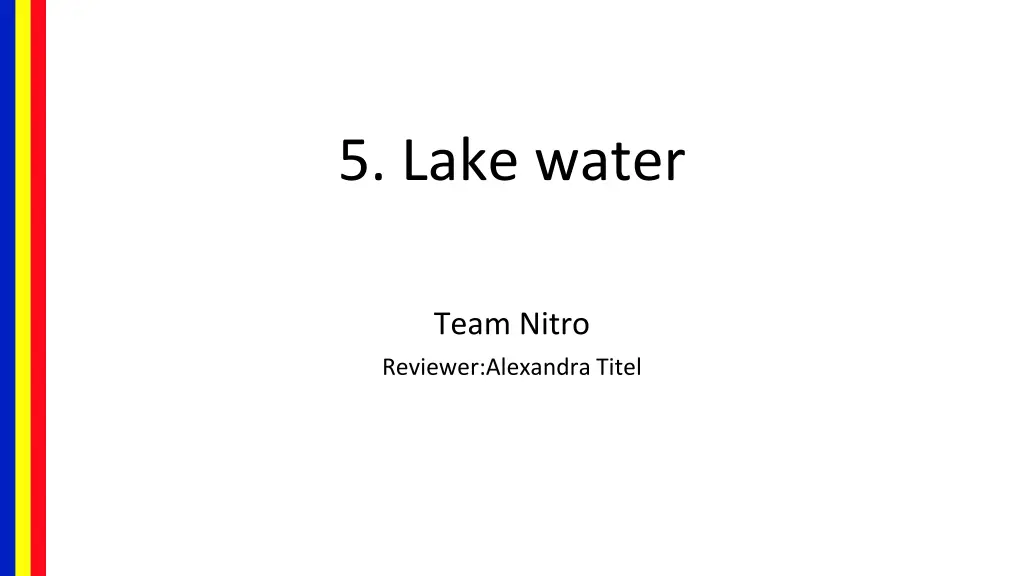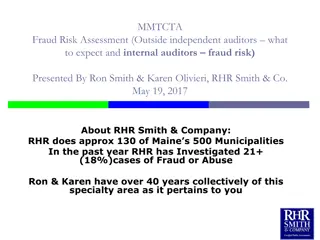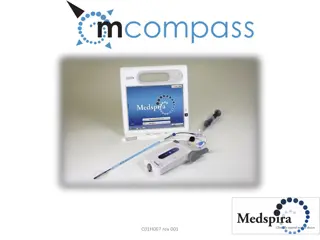
Exploring Diversity in Lake Water
Dive into a study of various microorganisms found in pond water drops and their likelihood of differing in each drop. The report discusses the types of organisms, experimental methodologies, and areas for improvement in the research process, providing a comprehensive insight into the biodiversity of lake water.
Download Presentation

Please find below an Image/Link to download the presentation.
The content on the website is provided AS IS for your information and personal use only. It may not be sold, licensed, or shared on other websites without obtaining consent from the author. If you encounter any issues during the download, it is possible that the publisher has removed the file from their server.
You are allowed to download the files provided on this website for personal or commercial use, subject to the condition that they are used lawfully. All files are the property of their respective owners.
The content on the website is provided AS IS for your information and personal use only. It may not be sold, licensed, or shared on other websites without obtaining consent from the author.
E N D
Presentation Transcript
5. Lake water Team Nitro Reviewer:Alexandra Titel
Summary Problem statement: A drop of water from a natural pond may contain bacteria, archaea, algae, fungi, protozoa, and other organisms. Perform observations to identify as many species of living organisms as possible. What are the chances that another drop contains a different selection of species? Reporter presentation: Summary: In this presentation the reporter has studied the species that can be found n a pond.
The Report Pros +1 Talked/defined about types of organisms in lake water (microbe, algae, daphnia, spirogyra, paramecia, etc.) +2 Tested the water 10 times +3 The microscopic organisms were photographed well +Had 4 different experiment: Cons 1 did not analyse the effects of the lake water 2 Did not talk about the conditions in which the samples were taken 3 Put the methodology after the hypotheses 4 Did not talk about how different lakes have different algee content First: tested plain water Second: tested water with algae 5 Did not talked about the probability of different droplets containing the same bacteria nor did she graph the variation in bacteria in algae from the different experiments Third:tested plain water at fridge temperature Fourth:tested drops of water with algae at fridge temperature
The Opposition Cons 1 Did not specify what the scientific method of classification is yet she still mentioned this multiple times. 2 Did not ask about the algae may have been unevenly distributed in the jar as there is no evidence it was mixed or the samples were taken from different places in the jar. 3 Did not talk about how the time between the samples being taken and the samples being tested would have affected the end result. 4 Pros +1 Asked about some of the parameters that the reporter failed to vary +2 Talked about the shortcoming of the experimental part and how many more valid parameters could have been varied +3 +4
The discussed topics Opponent question 1) 1 What sampling method did you use and why? 2) 2 Did you vary the depth of the test samples? 3) 3 Did you take the samples from different distances from the shore? 4) 4 What probabilistic distribution model did you use? Reporter answer 1) 1 In 2 sanitized jars? 2) 2 No, the depth was the same as it was a controlled parameter. 3) 3 It is a controlled parameter that was not varied. 4) 4 She didn't use any and didn't know about them.






















